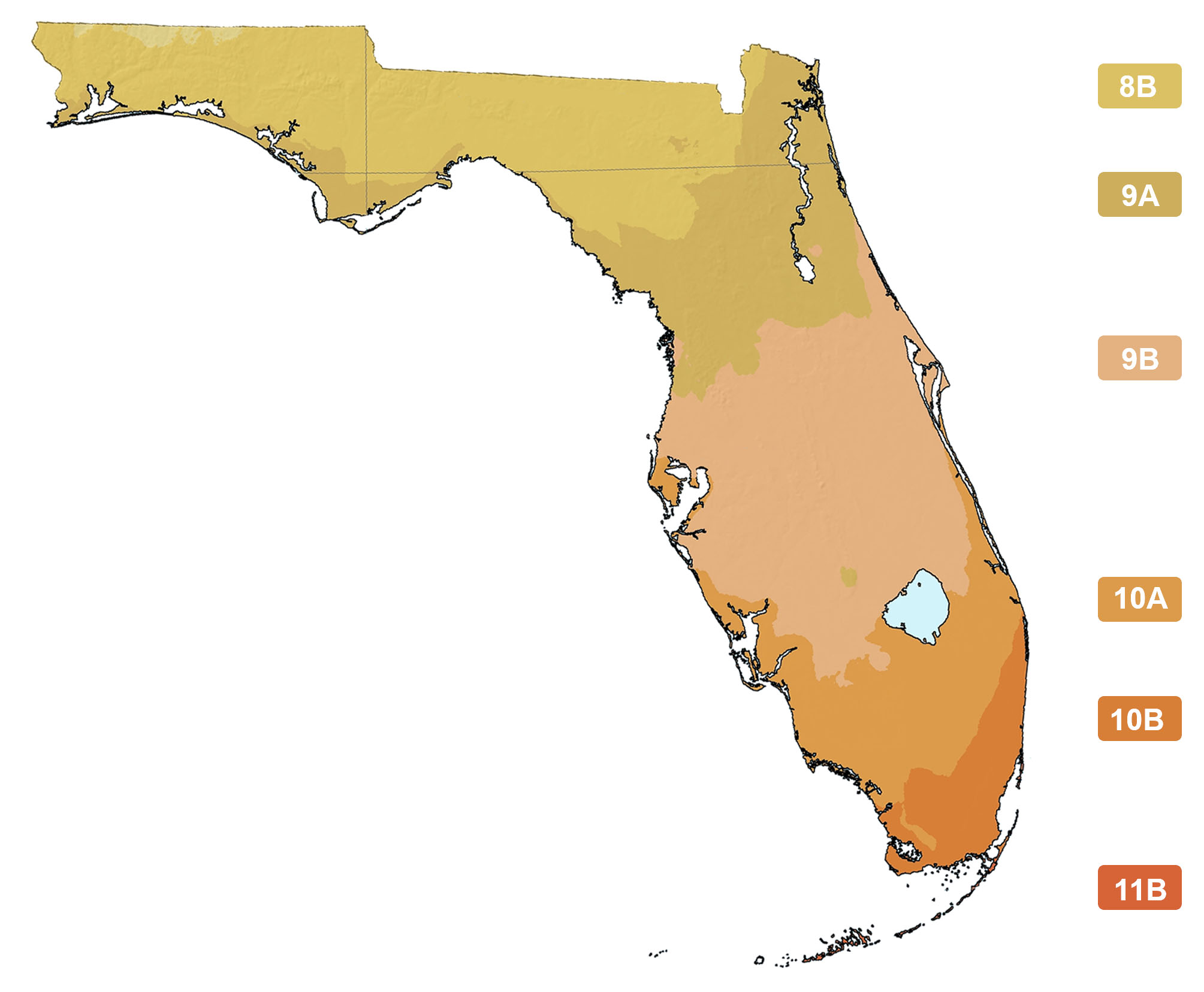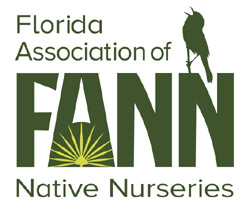Verbesina virginica
Photographs belong to the photographers who allow use for FNPS purposes only. Please contact the photographer for all other uses.
Frostweed, White Crownbeard
Asteraceae (Compositae)
Plant Specifics
| Form: | Flower | |
| Size: | 4-5 (6) ft | |
| Life Span: | Long-lived perennial | |
| Flower Color: | ||
| Fruit Color: | NA | |
| Phenology: | Winter dormant | |
| Noted for: | Showy flowers |
Landscaping
| Recommended Uses: | Background plant in a wildflower garden. Also useful as a mass planting along a forest edge. This plant is best used in informal settings and does well if allowed to naturalize. | ||||||||||||||||||||||||||||||||||||||||||
| Propagation: | Seed. Division--best done when dormant in the winter. Seeds are available through the Florida Wildflowers Growers Cooperative. | ||||||||||||||||||||||||||||||||||||||||||
| Availability: | Native nurseries, Seed, Specialty providers | ||||||||||||||||||||||||||||||||||||||||||
| Light: | Part Shade, Shade | ||||||||||||||||||||||||||||||||||||||||||
| Moisture Tolerance: |
always floodedextremely dry |
||||||||||||||||||||||||||||||||||||||||||
| (Usually moist, occasional inundation ----- to ----- Not wet but not extremely dry) | |||||||||||||||||||||||||||||||||||||||||||
| Moisture Tolerance: | Usually moist, occasional inundation ----- to ----- Not wet but not extremely dry | ||||||||||||||||||||||||||||||||||||||||||
| Salt Water Flooding Tolerance: | Not salt tolerant of inundation by salty or brackish water. | ||||||||||||||||||||||||||||||||||||||||||
| Salt Spray/ Salty Soil Tolerance: | Low/no tolerance of salty wind or direct salt spray | ||||||||||||||||||||||||||||||||||||||||||
| Soil or other substrate: | Clay, Loam, Sand | ||||||||||||||||||||||||||||||||||||||||||
| Soil pH: | Adaptable | ||||||||||||||||||||||||||||||||||||||||||
Ecology
| Wildlife: |
| |
| Insects: | Attracts native bees. Nectar source for butterflies. | |
| Native Habitats: | Moist forest edges. |
Distribution and Planting Zones
Natural Range in Florida
USDA Zones
Suitable to grow in:
10A 10B 8A 8B 9A 9B

USDA zones are based on minimum winter temperatures
Comments
| Ethnobotany: | Leaves dried and used as tobacco by some indigenous peoples. | |
| General Comments: | Each stem has soft, fleshy green flanges running longitudinally down its length. When winter weather brings ice, the stems exude water that freezes into fascinating shapes, hence its common name frostweed. |




